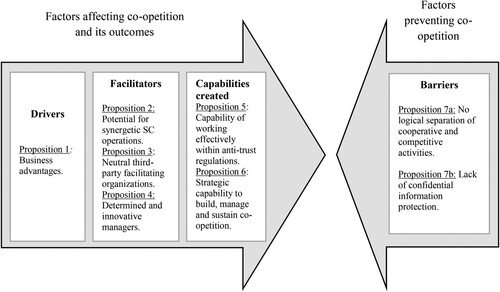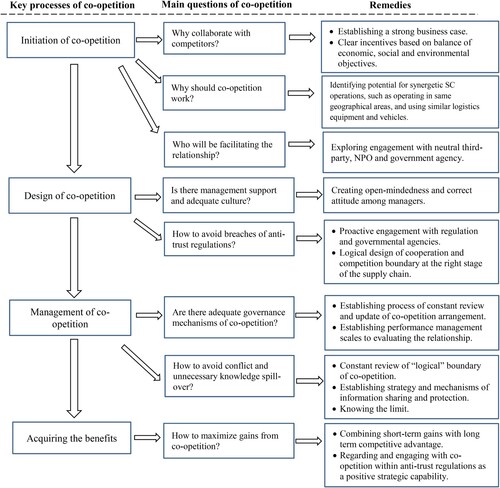Figures & data
Table 1. Review of publications on co-opetition for sustainability.
Table 2. Primary and secondary data collected on the cases.
Table 3. Interviews conducted for both case studies.
Table 4. Completeness, clarity, and credibility of method and results.
Table 5. Dimensions of the co-opetitive relationship.
Data availability statement
The dataset of this paper can be obtained by contacting the corresponding author Prof. Qile He.



